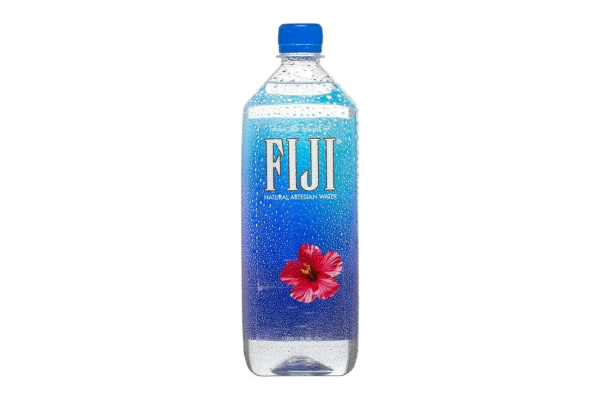
Please Note
All results & information have not been verified. All data is provided by the applicable company and may be estimated based on scientific data. Ratings and scoring are subject to drastically change based on new data / research.
Contaminants Found (10)
Antimony
A metal used in industrial processes, present in water from mining activities and manufacturing.
Long-term exposure can cause increased blood cholesterol, decreased blood sugar, and damage to the liver and kidneys.
Arsenic
A toxic element found naturally in soil and water, and also from industrial and agricultural sources.
Can cause skin, bladder, lung, and kidney cancer. It may also affect the cardiovascular and nervous systems with long-term exposure.
Barium
A naturally occurring element often derived from industrial discharges and natural deposits.
Can lead to increased blood pressure, heart and nervous system problems, and long- term exposure may cause kidney damage.
Chromium
A metal found in water from industrial waste, especially from metal plating and textile production.
Can cause skin irritation and damage to the liver and kidneys. Long-term exposure is linked to lung and nasal cancer.
Fluoride
A naturally occurring mineral added to water to prevent tooth decay.
High levels can cause fluorosis (staining of teeth) and, in extreme cases, bone weakness and thyroid issues.
Gross Beta
Measures of radioactivity in water, often from natural sources or nuclear activities.
Prolonged exposure to radioactive contaminants may increase the risk of cancer and damage internal organs, especially the bones.
PFAS
A group of synthetic chemicals used in various industrial applications and consumer products.
Linked to cancer, immune system suppression, liver damage, and developmental issues, earning the nickname ""forever chemicals"" due to their persistence in the environment.
Nitrate
Commonly found in water due to agricultural runoff, sewage, and industrial waste.
Can cause methemoglobinemia, or "blue baby syndrome," in infants and may increase the risk of cancer and thyroid problems with prolonged exposure.
Nitrite
Compounds found in fertilizers, sewage, and decaying organic matter that often contaminate water supplies.
Can cause methemoglobinemia in infants, also known as ""blue baby syndrome,"" and may increase the risk of cancer and thyroid problems.
Sulfate
A naturally occurring mineral found in water from soil leaching, rocks, and industrial processes.
High sulfate levels can cause gastrointestinal discomfort, including diarrhea, especially in infants and sensitive populations.
Water Sourcing and Treatment
According to marketing materials, the water comes from an artesian aquifer in Viti Levu
Other Ingredients Found (7)
Calcium
Total: 18 mg/LA naturally occurring mineral in water that contributes to hardness.
Chloride
Total: 9 mg/LA naturally occurring ion found in salts, sometimes entering water from road salt, sewage, or industrial processes.
Magnesium
Total: 13 mg/LA mineral essential for bodily functions, found naturally in water.
Sodium
Total: 16 mg/LSilica
Total: 96 mg/LA mineral that enters water from natural sources or industrial discharge.
Potassium
Total: 4.5 mg/LA common metal in water, often from natural deposits or corroded pipes.
Nickel
Total: 0.001 mg/LAn essential nutrient often entering water from agricultural runoff and wastewater.
